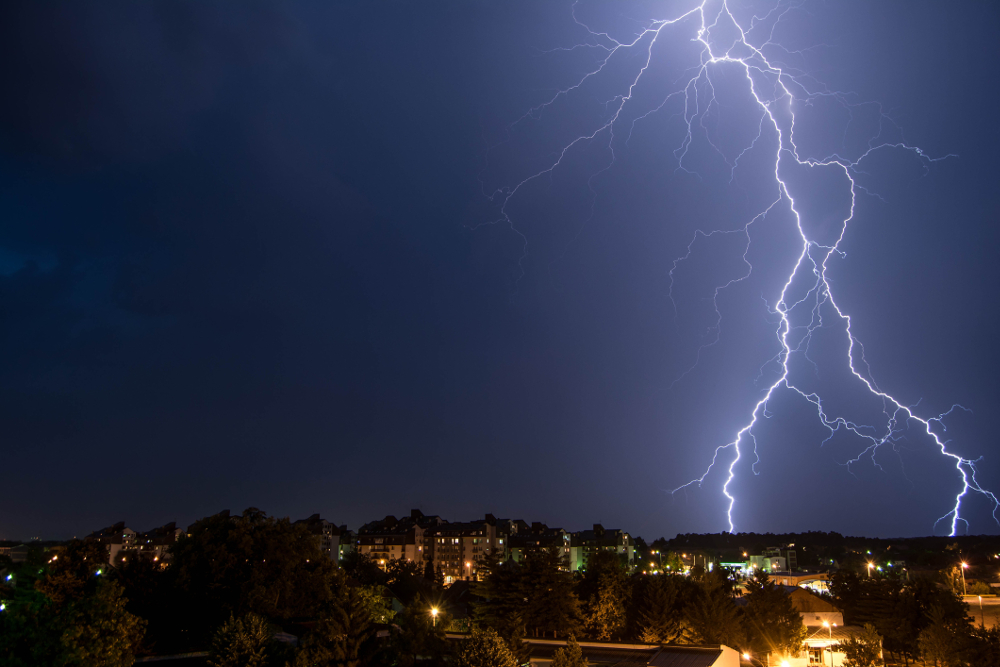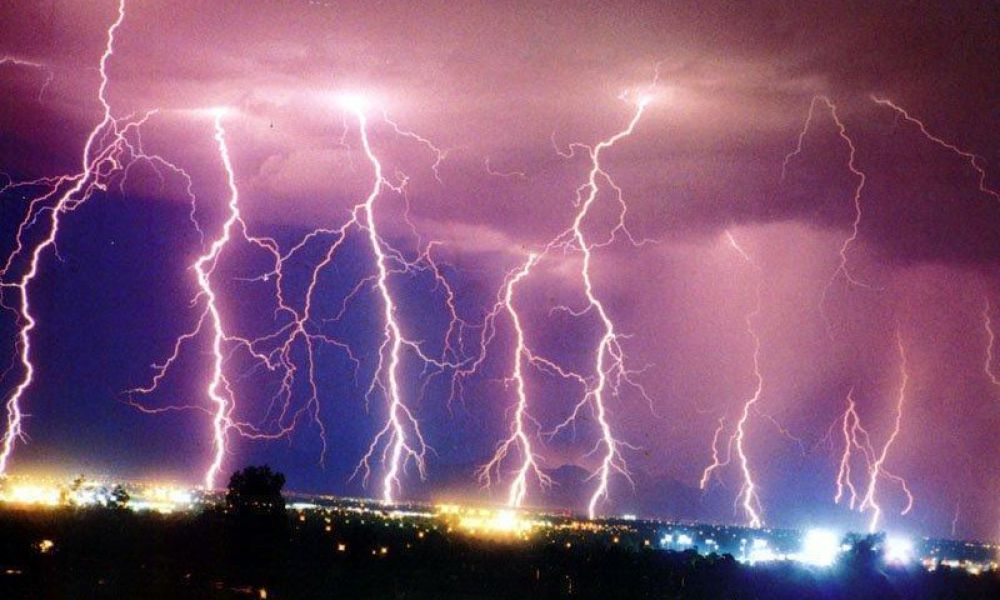How to stay safe during impromptu summer thunderstorms
Along with the summer heat and humidity comes the occasional threat of a thunderstorm complete with pouring rain, driving winds, hail, lightning and cracks of thunder


Thunderstorms pose a unique risk to runners. They can come on suddenly leaving you stranded and desperately seeking shelter and safety. If and when possible, be proactive. Check the forecast before you depart and consider rescheduling your run if there is a significant chance of a storm. Most lightning strikes happen in the afternoon or evening so running in the morning is perhaps the safest time of day to beat a thunderstorm (and is often the coolest).
RELATED: What runners should know about air pollution.
If you do find yourself in the midst of a thunderstorm, heed the following advice for staying safe and avoiding danger.
At the first sign of danger, seek shelter immediately. If lightning is present–which you can usually determine by listening for thunder–you should immediately head indoors or find protection such as in a vehicle. This shouldn’t be too hard if running in an urban setting but can be tricky if you’re exposed in a local park or rural open area.
If isolated in an open area, avoid taking shelter under a lone tall object such as a tree. This may mean continuing to run in order to find shelter. Again, being aware of changing conditions can help you act before the risk becomes too severe.
Direct lightning strikes to a person are rare but one can be injured in other ways. Side flashes, ground currents and conduction are other ways that a lightning strike can cause injury. If you do get hit either directly or indirectly by lightning, call 911 immediately and seek assistance.
RELATED: Summer hydration and sun safety apps to help runners
Lightning is not the only risk to be aware of during a thunderstorm. Intense rain can create washouts, flash flooding and mudslides that pose a risk to pedestrians including runners. Hail can also be a physical risk and winds can blow around objects which can strike and injure runners.
Exercise extreme caution when running in a storm. Seeking temporary shelter and protection is the smart and sensible thing to do even if it means putting your run on hold.


